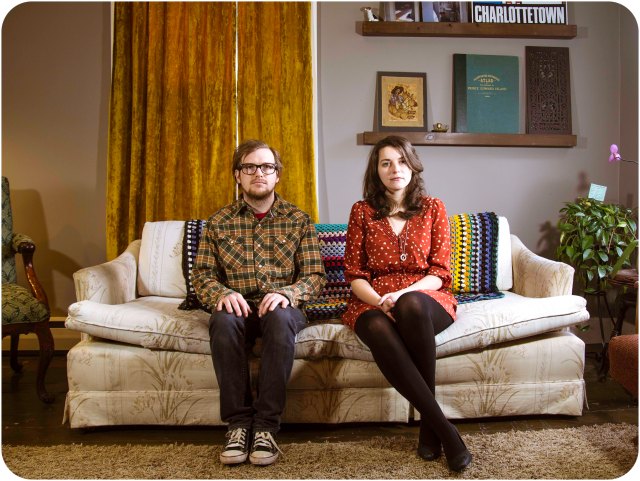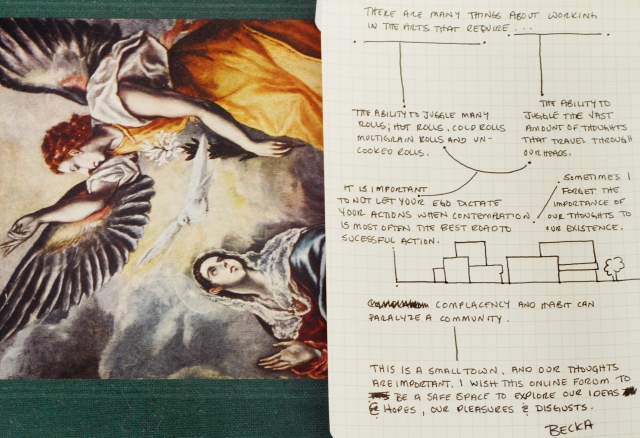
Untitled – colour photograph, Sam Stewart http://samueljstewart.com/
written by Bryan Viau
Art in it’s very essence is an extension of ourselves. We can pour our heart and soul into our creations and feel we’ve brought some beauty or meaning to the world. However, I’m an avid believer that the act of creation alone is not art. It has its place and can be incredibly therapeutic, but the process isn’t art. Art requires an audience, and that audience doesn’t always feel as passionate or romantic or interested in your creation as you. Sometimes your work is flat out rejected or dismissed. This can potentially hurt; it can feel as though critics are attacking us personally and our ego wants us to defend ourselves.
It’s important to keep in mind that your audience is what is truly bringing your art to life and they may not see your piece in the same light that you did. But the act of them experiencing your art is more than what can come from creating a piece alone and never showing anyone. This Town is Small is a pretty strong embodiment of this very sentiment. Art is nothing without community to experience it. To learn from it. To love or hate it.
Everyone brings their own experiences to your art and through those experiences their opinion is formed; whether it’s good or bad is irrelevant. They’ve experienced your art and even if they, quite vocally and in pain-staking detail, describe everything about your piece they did not like then here is something to remember; your piece of art had an affect on them. A seemingly strong one, to boot. The people who are vocal about something are people who feel strongly, good or bad, about it.
While it might be painful to hear, their opinion of your art is just as valid as your own is. When your work is submitted to the general public your message changes from what you originally created in ways that no one can predict. There is a part of me that feels the need to stand next to my art and explain it to each person that experiences it, but this is ultimately ruining the experience for them. At that point my art has become didactic and boring. No one wants to be told what to experience and attempting to maintain that grip on your work will just smother it. The message that you intend may get across, but nothing else will come of the work.
There is always constructive criticsm that could be taken for your work. There is also always praise and seemingly unwarrented negativity as well. All of this feedback, though is not directed at you. As I stated earlier; art is an extension of ourselves, but it is not us. It is easy to let our ego take over and take any criticsms of our art as personal attacks. This is something that every artist has to face. Taking criticsm is one of the most important parts of being a successful artist as it helps us grow and evolve to create better and more.
Even pieces of art that are widely hated are still successful because they were created with meaning and have affected people enough to feel strongly about it. It’s hard to take criticsm and feedback that way, but learning to put your ego aside and let your art be free of it is something that every artist struggles with indefinitely.




